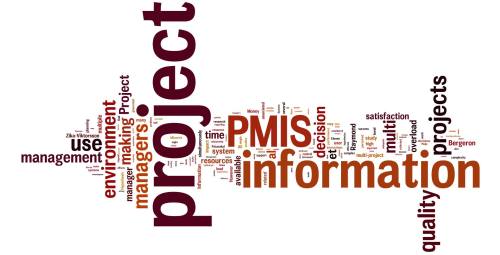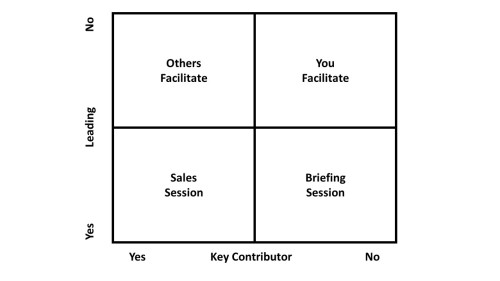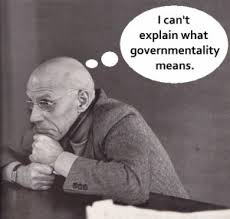 Integrated project management information systems (PMIS) are becoming more common and more sophisticated ranging from ‘web portals’ that hold project data through to the potential for fully integrated design and construction management using BIM[1]. The benefits derived from using these systems can be as much as 20% of the build price on complex construction projects using BIM.
Integrated project management information systems (PMIS) are becoming more common and more sophisticated ranging from ‘web portals’ that hold project data through to the potential for fully integrated design and construction management using BIM[1]. The benefits derived from using these systems can be as much as 20% of the build price on complex construction projects using BIM.
 The advantages of this type of information storage and retrieval system include:
The advantages of this type of information storage and retrieval system include:
- Ready access to data when needed via PDAs and ‘tablets’ significantly reducing the need for ‘push’ communication and the existence of ‘redundant data’[2].
- One place to look for information with indexing and cross-referencing to minimise the potential for missed information.
- Audit trails and systems to ensure only the latest version of any document is available.
- Cross-linking of data in different documents and formats to assist with configuration management, requirements traceability, and change control.
- Controls on who can ‘see’ the data, access the data and edit the data.
- Workflow functions to remind people of their next job, list open actions, record actual progress, etc[3].
- A range of built-in functions to validate data and avoid ‘clashes’, including locking or ‘freezing’ parts of the data set when that information has been moved into ‘work’.
These benefits are significant and a well-designed system reduces errors and enhances productivity leading to reduced costs, but the ‘yin’ of well-designed PMIS comes with a ‘yang’!
People increasingly tend to believe information produced from a computer system, this is true of ‘Facebook’, Wikipedia and flows through to more sophisticated systems. There also seems to be a steady reduction in the ability of younger people in particular to critically analyse information; in short, if it comes from the computer many people will assume it is correct. Add to this the ability of many of the more sophisticated PMIS tools to transpose and transfer information between different parts of the systems automatically or semiautomatically and there is a potential for many of the benefits outlined above to be undermined by poor data. This issue has been identified for decades and has the acronym GIGO – garbage in, garbage out.
The question posed in this blog is how many projects and project support organisations (PMOs, etc.) consider or actively implement effective data traceability. Failed audits, overruns from scope oversights, and uninformed or ill-informed decision-making are just a few of the consequences project teams suffer from if they do not have full traceability of their project management data. This issue exists in any information processing system from basic schedule updating, through monthly reporting to the most sophisticated, integrated PMIS. If you cannot rely on the source data, no amount of processing will improve the situation! And to be able to rely on data, you need to be able to trace it back to its source.
 Traceability is defined as ‘the ability to trace the location, history and use of each data element’. This sounds simple but in reality can be very challenging, and the results of poor visibility can be devastating to a project. Some of the key questions to ask are:
Traceability is defined as ‘the ability to trace the location, history and use of each data element’. This sounds simple but in reality can be very challenging, and the results of poor visibility can be devastating to a project. Some of the key questions to ask are:
- Where did this data or these actuals come from?
- What is the authorizing document and when did it get signed/approved?
- Has everyone approved the change request or action item?
Traceability does not happen by accident! Project management information systems have to be designed with traceability as a key element in each of its aspects. As information comes into the system the author or the origin of the information has to be recorded (preferably automatically). Depending on the nature of the information it may need to be quarantined until appropriate checks have been carried out and/or approvals have been obtained and then there needs to be traceability of any subsequent changes. The foundation of traceability is the combination of processes (people) and data management.
Therefore, the ‘yang’ of a sophisticated integrated project management information systems is that as the systems become more integrated and sophisticated people will come to rely on the information provided and ‘trust it’ whilst the source and veracity of the data used becomes less obvious.
Resolving this is partly process and partly people. The Chartered Institute of Building (CIOB) has produced the Time and Cost Management Contract Suite 2015 focused on complex construction projects using BIM. This contract defines a number of key support roles (largely independent of the parties) focused on managing the information flows into and out of the system to ensure its accuracy and validity. Similar roles and responsibilities are essential in any effective PMIS.
My latest post on the PMI ‘Voices blog’, From Data to Wisdom: Creating & Managing Knowledge highlights the importance of data as the underpinning of all reporting and communication. So the question is, how much focus does your project team or PMO put on ensuring the data it is using is timely, complete, accurate and traceable?
____________________
[1] BIM = Building Information Modelling, see: http://www.mosaicprojects.com.au/WhitePapers/WP1082_BIM_Levels.pdf
[2] For more on planning project communication see: http://www.mosaicprojects.com.au/Mag_Articles/ESEI-09-communication-planning.pdf
[3] A discussion on how these capabilities can enhance project controls is at: /2016/11/26/the-future-of-project-controls/














